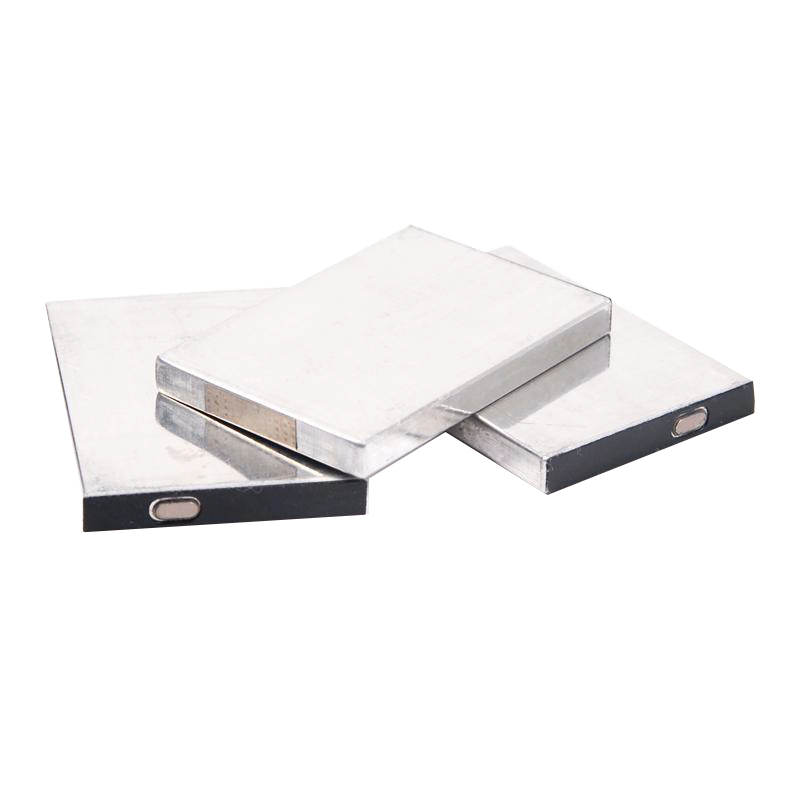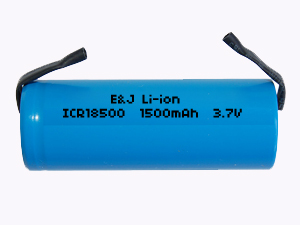General Type Li-ion Battery Series


This series cover cylindrical, prismatic and button-type battery.Lithium Ion has the highest power density of any rechargeable battery chemistry. It is very light weight and offers great cycle life which makes it the ideal product for many new design solutions. Main application fields: mobile power supplies, consumer electronic products, Torch, miner’s lamp, toys and model airplane.
High/Low Temperature Li-ion Battery Series

1) High Temperature Batteries
This series are mainly targeted at special work environment from -20°C to 85°C, can be stored at 60°C environment for a long time, the maximum storage temperature is 85°C.Main application fields: GPS GSM, and other high-temperature environment requirements.
2) Low Temperature Batteries
E&J Low temperature batteries have below Advantages:
1) Endure the ultra-low temperature.The battery can be charged and discharge at -40℃, even at -45℃ and -50℃.
2) High discharge efficiency. At -40℃, the battery can discharge 85% nominal capacity with 0.2C or 0.5C current.
3) Big discharge current. The battery can discharge with 2C current at -40℃.
This series Widely used in Tablet PCs, military navigation systems, ocean data monitoring equipment, air data monitoring equipment, outdoor video recognition equipment, oil exploration and testing equipment, military warm shoes, car backup power, and so on.
High Power Li-ion Battery Series

The high drain lithium ion battery has compact size, light weight, high power, and high capacity characteristics are superior to other batteries and are expanding their application from small mobile devices to high power devices such as power tools, E-bikes, golf carts.